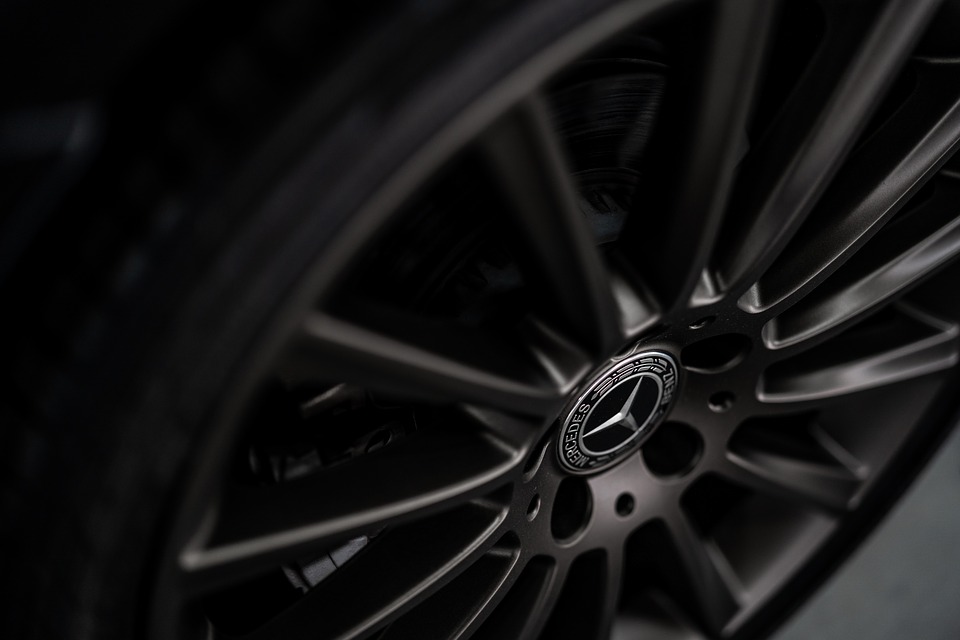Pros and Cons of Low-Profile Tires
4th Sep 2019

Low-Profile Tires
Are you thinking about installing low-profile tires on your vehicle? There's no denying the fact that low-profile tires have become increasingly popular in recent years. Characterized by a short sidewall, they are commonly used on cars, trucks and even SUVs. While popular, though, low-profile tires offer both advantages and disadvantages of which you should be aware.
Pro: Stylish Appearance
With their short sidewall, low-profile tires offer a stylish appearance. They look sleeker than conventional stock tires with factory wheels. Some drivers, in fact, choose low-profile tires strictly for their stylish appearance -- but that's just one of several benefits associated with low-profile tires.
Con: Bumpier Ride
On the other hand, you'll experience a bumpier ride when driving a vehicle with low-profile tires. Low-profile tires don't offer the same level of shock absorption as conventional tires. They'll still absorb some of the vibrations, but you can expect a bumpier ride if your vehicle has low-profile tires.
Pro: Better Handling
Low-profile tires create more traction with the road, resulting in better handling. Their short sidewall increases the surface area on which low-profile tires make contact with the road. And with more of the tire's surface touching the road, they offer better handling than conventional tires.
Con: Faster Deflation
If you're going to use low-profile tires on your vehicle, you'll need to get into the habit of checking the air pressure on a regular basis. This is because low-profile tires deflate more quickly than conventional tires. Neglecting to check the air pressure on a regular basis could result in underinflated tires, which can lead to numerous problems of its own. The bottom line is that you need to keep a close eye on the air pressure if you're planning to install low-profile tires on your vehicle.
Pro: Better Fuel Efficiency
You may notice an improvement in your vehicle's fuel efficiency with low-profile tires installed. Low-profile tires create less resistance than conventional tires, which translates into better fuel efficiency.
Con: More Expensive to Replace
Finally, low-profile tires are more expensive to replace than conventional tires. Depending on the specific type, as well as size, you may pay up to twice as much for a low-profile tire than a conventional tire.

